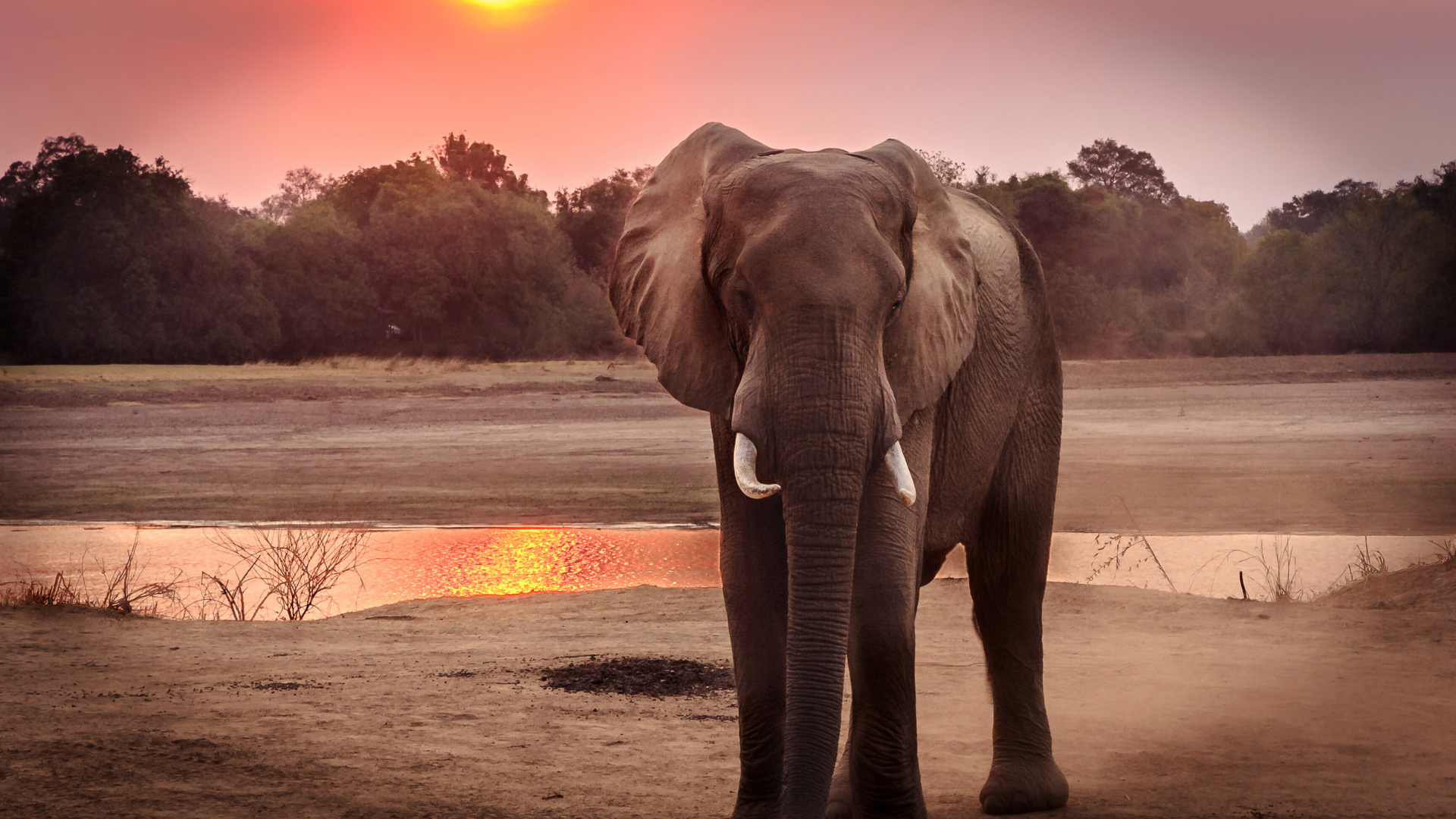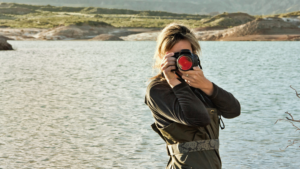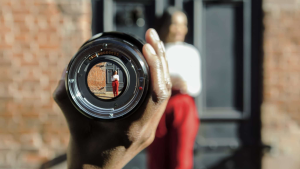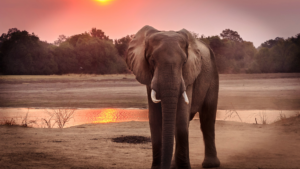
Planning a photoshoot in challenging locations can be daunting, but it also presents unique opportunities for creativity. To succeed in such environments, thorough preparation, flexibility, and the right equipment are essential. By anticipating potential issues, a photographer can transform obstacles into advantages, capturing stunning and impactful images.
Whether it’s dealing with harsh weather, difficult terrain, or limited access, understanding the environment can make a significant difference. Adequate research on the location, including the best times for natural lighting and potential hazards, is crucial. With the right mindset and strategies in place, any challenging location can become a canvas for breathtaking photography.
Photographers should also consider practical aspects such as transportation and gear selection. Bringing lightweight, versatile equipment and necessary supplies can streamline the process and enhance the overall experience. Embracing adaptability ensures that unexpected situations are met with confidence, ultimately resulting in captivating photographs.
Preparation for Challenging Locations
Preparing for a photoshoot in challenging locations involves thorough planning and an understanding of various factors. This preparation ensures that the photographer can navigate the environment safely while capturing high-quality images.
Understanding the Environment
Knowledge of the location is crucial. This includes assessing terrain, weather patterns, and potential hazards. Researching the site beforehand helps identify natural light conditions and any seasonal changes that might affect the shoot.
Key considerations include:
- Terrain: Is it rocky, sandy, or uneven? Determining footwear and equipment needs ensures safety and mobility.
- Weather: Check forecasts for rain, wind, or extreme temperatures. This affects both gear and comfort.
- Wildlife: Be aware of local animals that could pose a risk or enhance the shoot.
Required Gear and Equipment
Selecting the right gear is essential for success in challenging locations. Photographers should prioritize lightweight, durable equipment that can withstand harsh conditions.
Essential gear includes:
- Camera: A weather-sealed camera is beneficial.
- Lenses: Versatile lenses with quick-change capabilities help adapt to varying scenes.
- Tripod: A sturdy yet lightweight tripod ensures stability on uneven terrain.
Other items like protective covers, extra batteries, and portable storage should also be included in the kit. These preparations help minimize the risk of equipment failure.
Legal Considerations and Permissions
Legal considerations cannot be overlooked. Understanding local laws is vital to avoid fines or complications during the shoot.
Steps to follow include:
- Permits: Determine if a permit is required for photography in the desired location. National parks and protected areas often have strict regulations.
- Property Rights: Verify whether the location is private property. Always seek permission before shooting on private land.
- Insurance: Consider obtaining insurance for both the gear and liability issues. This adds a layer of protection during challenging shoots.
Being informed about these legalities ensures a smooth and trouble-free photoshoot.
Conducting the Photoshoot
Executing a photoshoot in challenging locations requires careful attention to detail. Photographers must adapt to various conditions while maintaining creativity and composure.
Adapting to Natural Lighting
Natural lighting can vary dramatically, affecting the overall quality of the images. Photographers should assess the light at different times of day.
- Golden Hour: Capturing images shortly after sunrise or before sunset provides a warm, diffused light.
- Midday Sun: This can cause harsh shadows. Utilizing reflectors can help soften these effects.
Using light meters is essential for measuring exposure accurately. Adjusting aperture settings ensures proper exposure in diverse lighting.
Consider the direction of light and its impact on subjects. Backlighting can create dramatic silhouettes, while side lighting adds depth. Understanding these principles allows for better artistic choices during the shoot.
Composing with Restrictive Spaces
Challenging locations often come with limited space. To make the most of these areas, photographers must think creatively about composition.
Using different angles can transform a cramped setting. Get low to the ground or shoot from above to discover unique perspectives.
- Rule of Thirds: Positioning key elements along grid lines can create balance.
- Framing: Utilize natural elements within the environment to frame the subject.
Minimizing distractions in the background maintains focus on the subject. Finding clean lines in architecture or contrasting textures can enhance the visual appeal.
Experimenting with focal lengths allows for varied storytelling. A wide-angle lens captures more of the scene, while a telephoto lens isolates subjects, emphasizing their character.
Improvisation and Flexibility
Impromptu changes in location or weather conditions demand quick adjustments. Photographers should always have backup plans and be prepared to pivot.
- Emergency Kit: Bring essential items such as extra batteries, a rain cover, and lens cloths.
- Backup Locations: Identify alternative spots in advance to ensure continuity if conditions worsen.
Staying adaptable means recognizing when to switch techniques or settings. For instance, if the light changes unexpectedly, adjusting the ISO and aperture quickly can salvage a scene.
Maintaining a calm demeanor is critical. Engaging with subjects and encouraging spontaneity can lead to natural expressions and moments that enhance the narrative of the shoot.
Safety and Etiquette
In challenging locations, ensuring personal and team safety, as well as respecting the area, is crucial for a successful photoshoot. These elements help photographers navigate potential hazards while honoring the environment.
Personal and Team Safety
Safety should always be a priority during a photoshoot. Before heading to a challenging location, the team must assess potential risks such as unstable terrain, wildlife, or weather conditions.
- Preparation: Carry basic first aid kits and essential safety gear, such as helmets, gloves, or sturdy footwear, depending on the location.
- Communication: Use walkie-talkies or mobile phones to maintain contact in remote areas.
- Emergency Plan: Establish a clear plan for emergencies, including evacuation routes and designated meeting points.
Educating all team members about safety protocols can enhance overall preparedness. Every individual should be aware of their responsibilities in case of an incident.
Respecting the Location
Respecting the location is essential for maintaining the integrity of natural and historical sites. Photographers should adhere to local regulations and guidelines.
- Leave No Trace: Avoid littering, and ensure all equipment and waste are removed after the shoot.
- Wildlife Protection: Maintain a safe distance from animals and avoid disturbing their habitats.
- Cultural Sensitivity: Be mindful of the cultural significance of locations and seek permission when necessary for photography in sacred areas.
By following these practices, photographers can ensure their activities do not negatively impact the environment or community. Respect fosters good relationships and may lead to future opportunities.
Post-Production and Evaluation
Post-production is a critical phase in the photoshoot process that allows photographers to refine their work. Evaluation offers the opportunity to learn and improve, ensuring future shoots are even more successful.
Reviewing and Editing
After a photoshoot, reviewing the images is essential. Photographers should start by culling the best shots. This process involves selecting images that capture the intended vision and aesthetic.
Once the best photos are chosen, editing can begin. Important tools include:
- Color correction: Ensures consistency across images.
- Cropping: Enhances composition by focusing on key elements.
- Retouching: Addresses any distractions or blemishes in the photos.
Using software like Adobe Lightroom or Photoshop enables detailed edits, ensuring the final output meets professional standards.
Learning from the Experience
Evaluation of the photoshoot requires reflection on various aspects. Photographers should consider:
- Location challenges: Identify any issues encountered, such as lighting or accessibility.
- Equipment performance: Assess if the cameras or lenses functioned well in the environment.
- Communication: Analyze interactions with subjects to improve direction and rapport.
Taking notes on these elements can provide valuable insights for future projects. Regularly reviewing past experiences enhances skills and prepares photographers for managing challenging locations in subsequent shoots.










